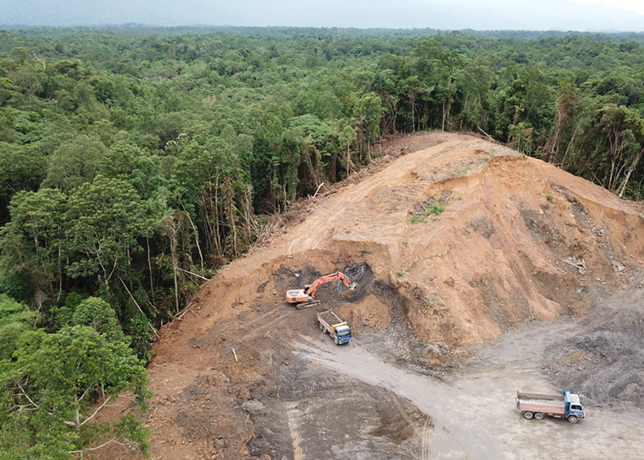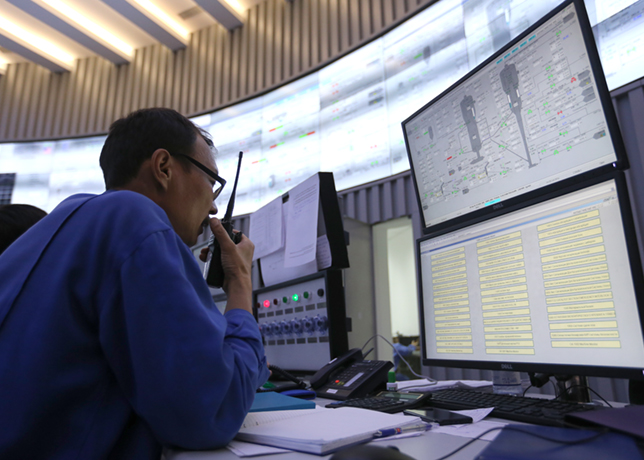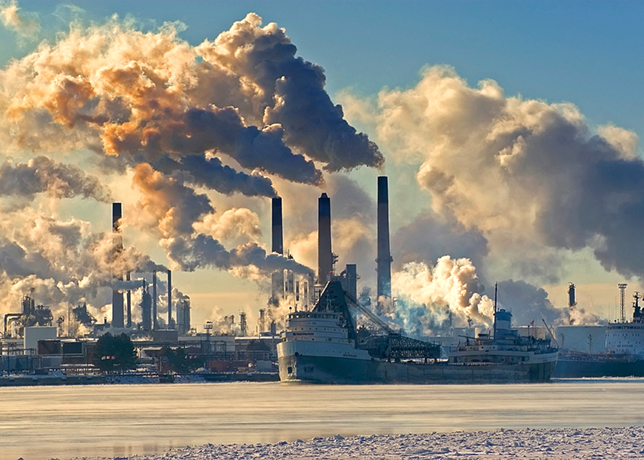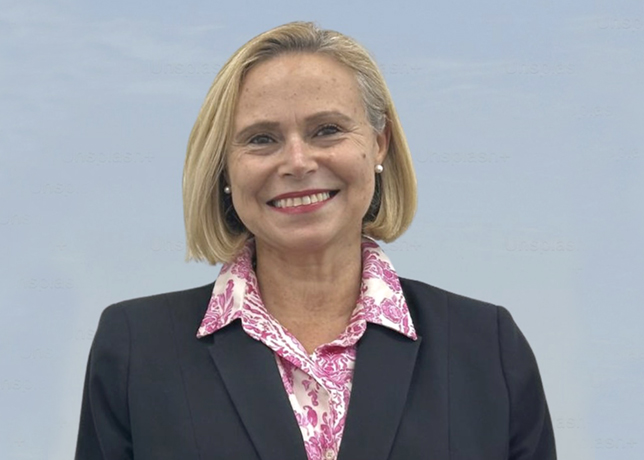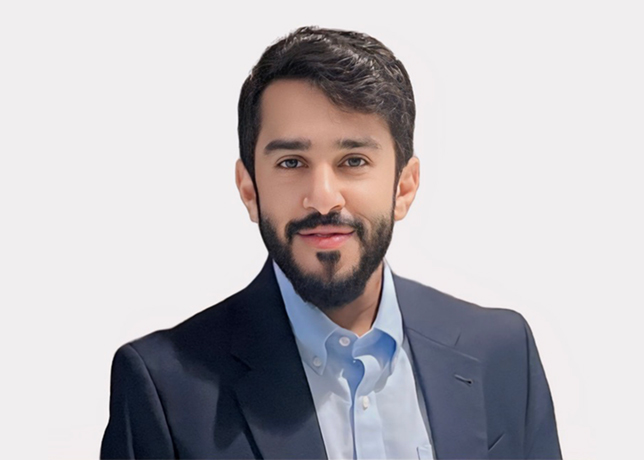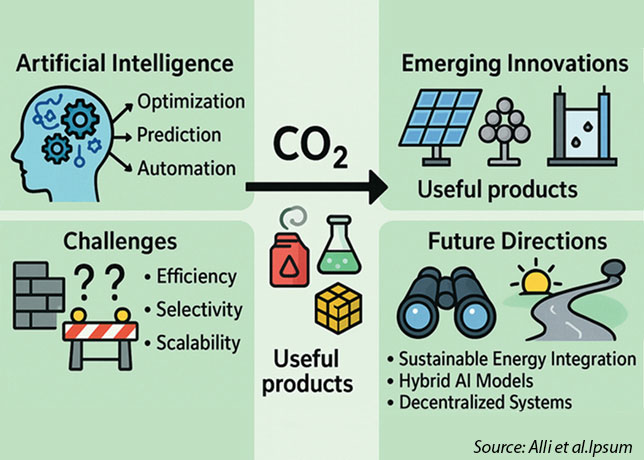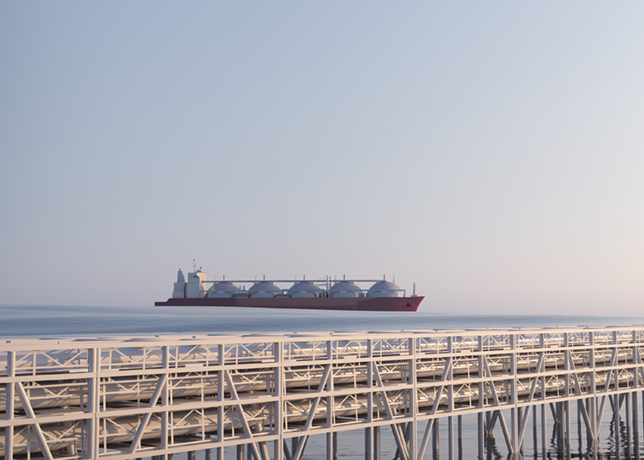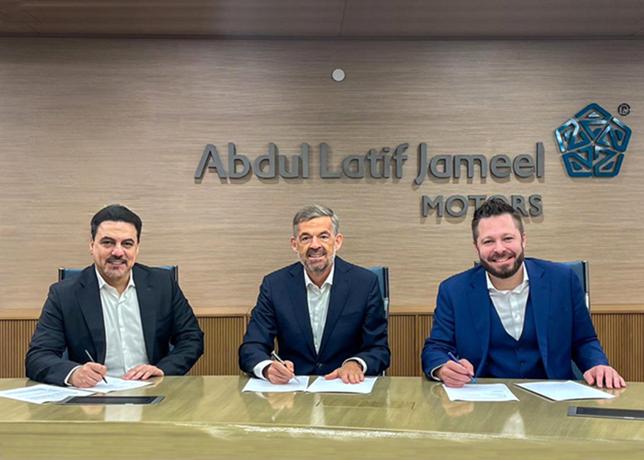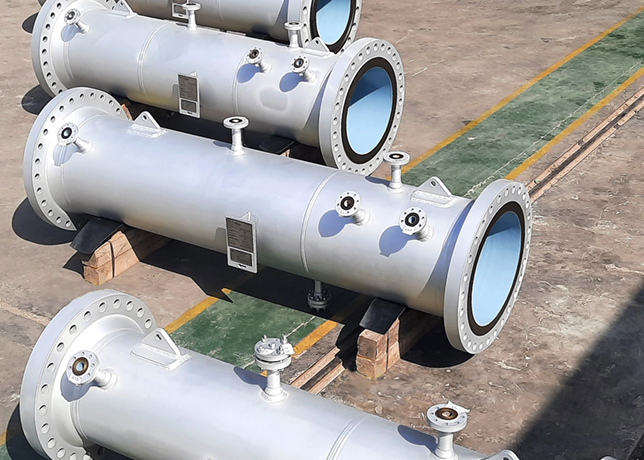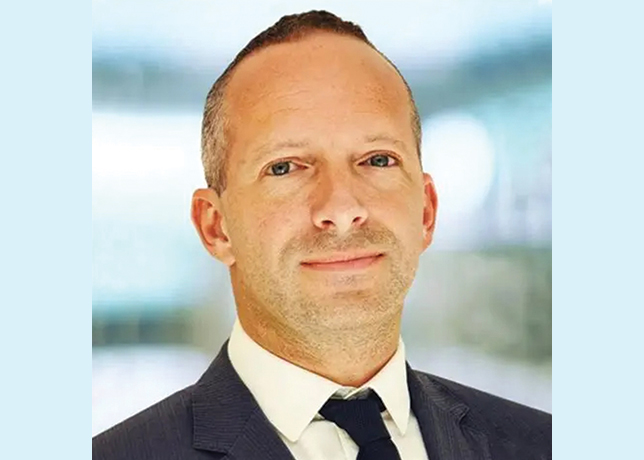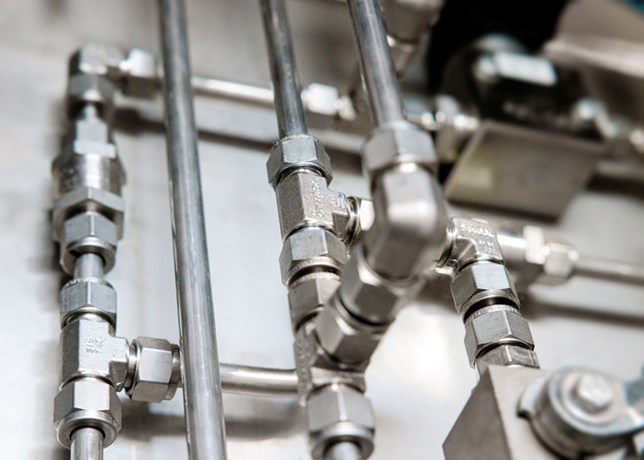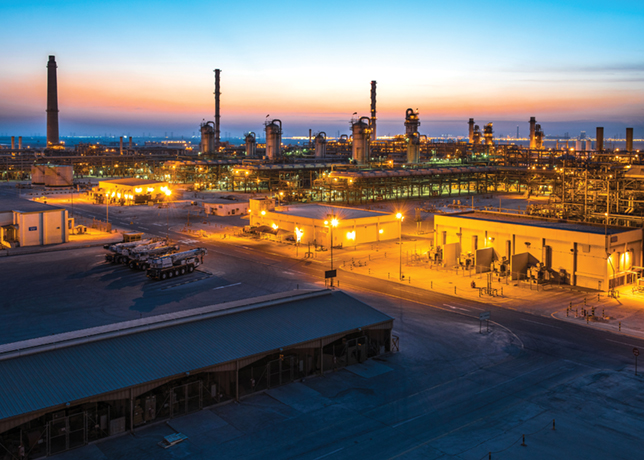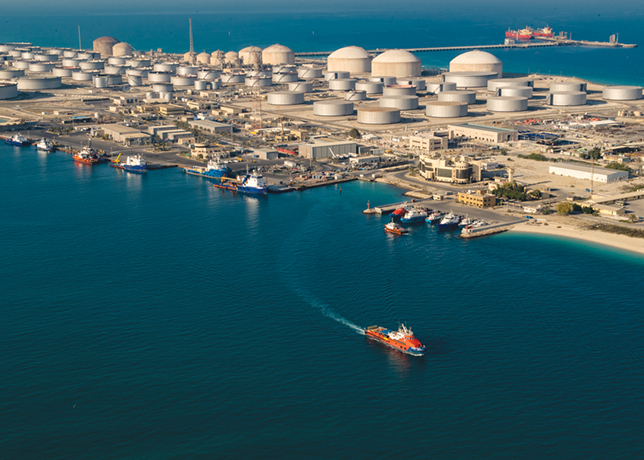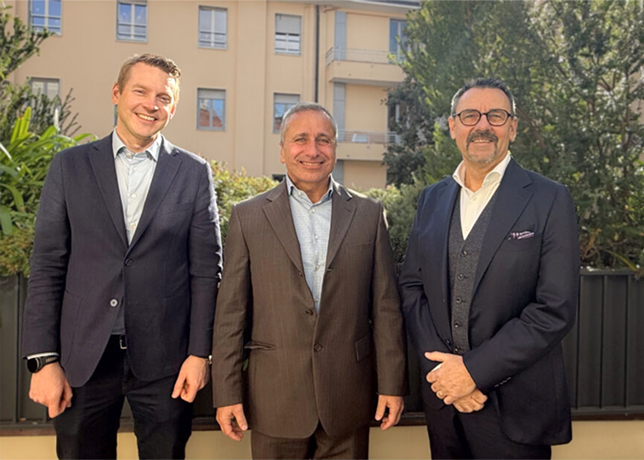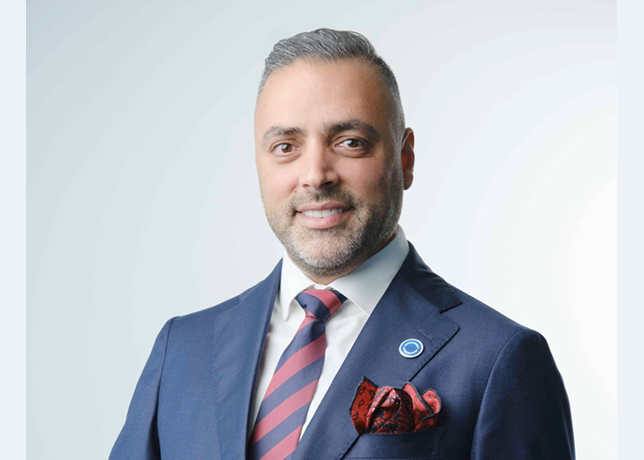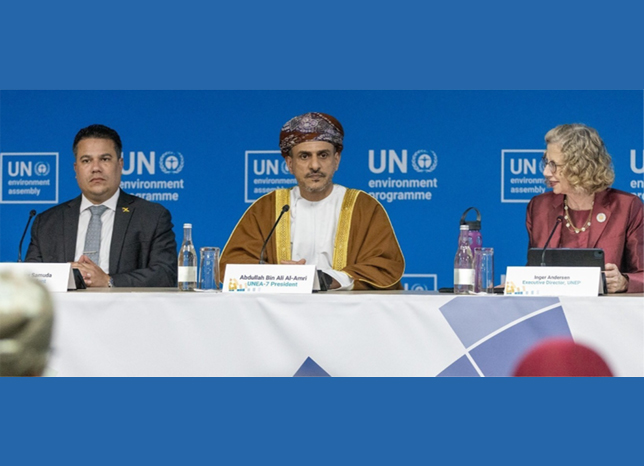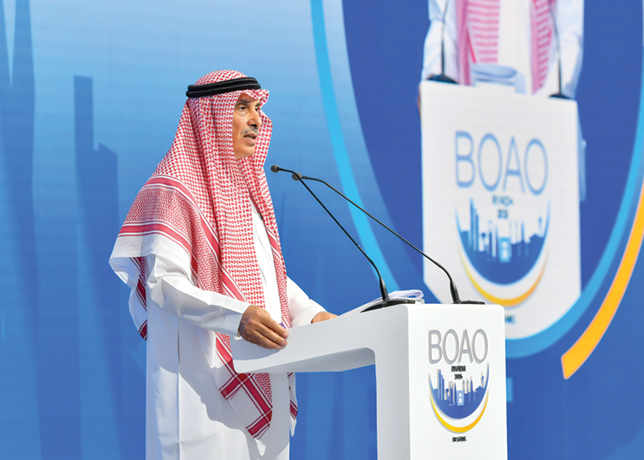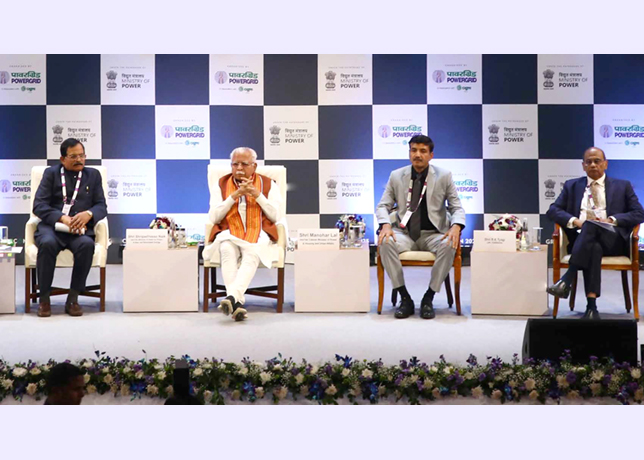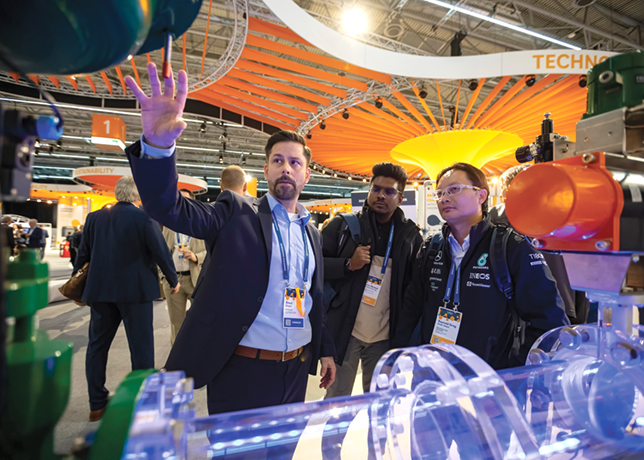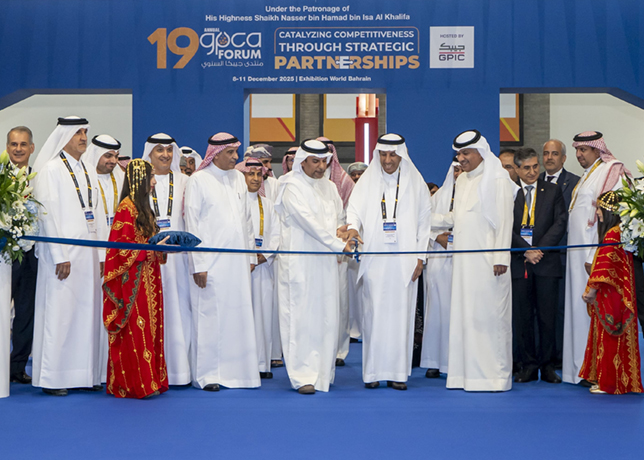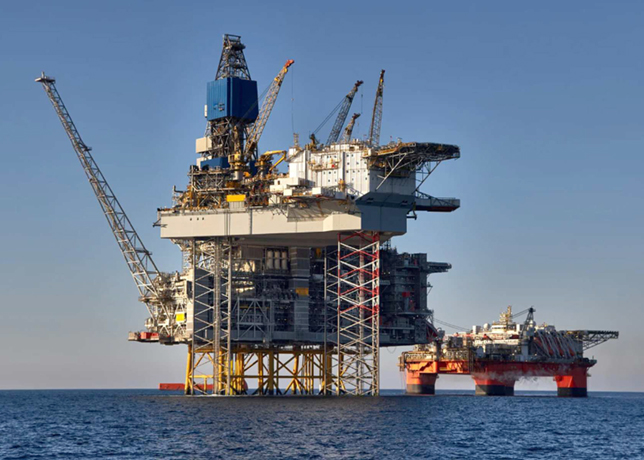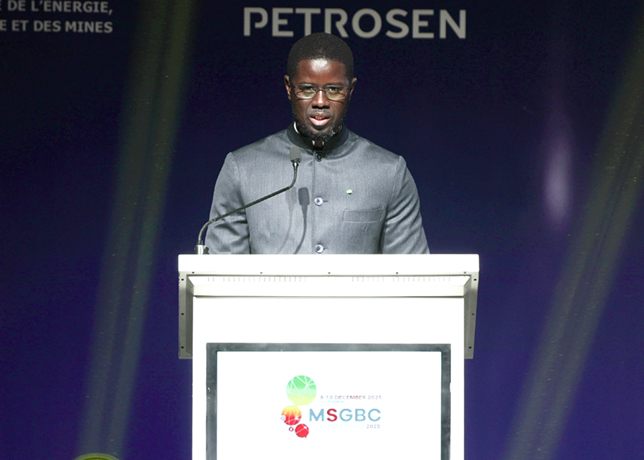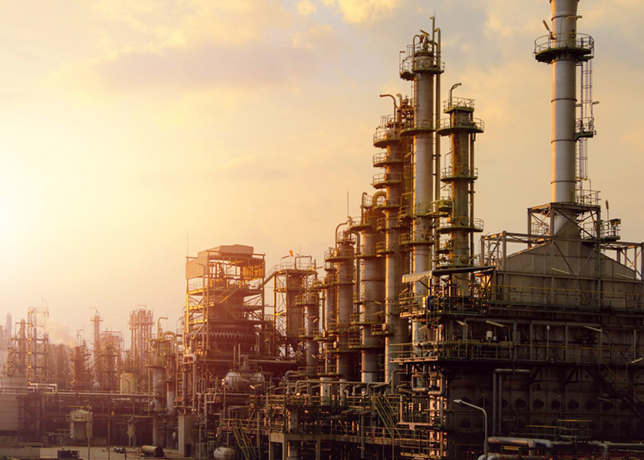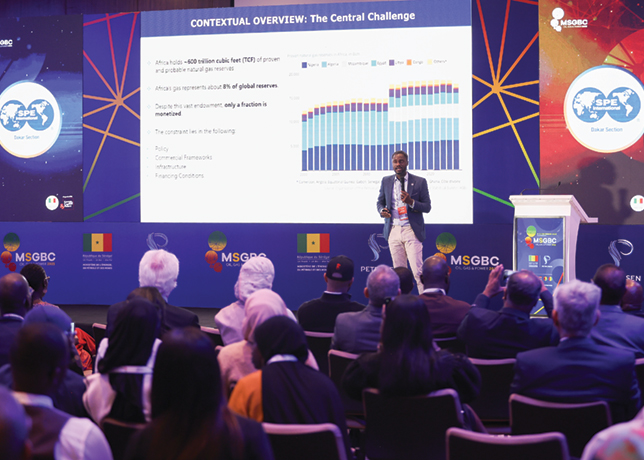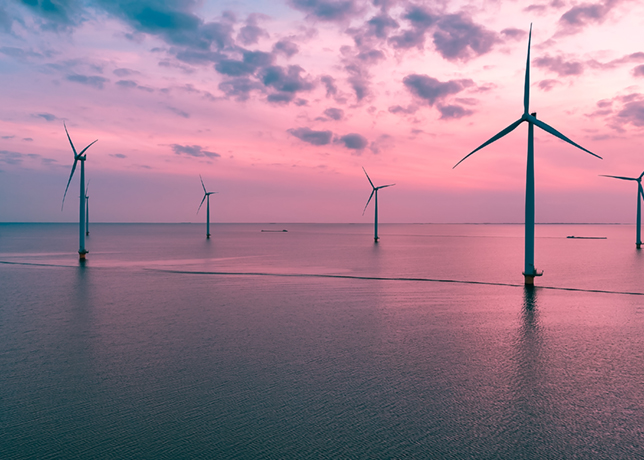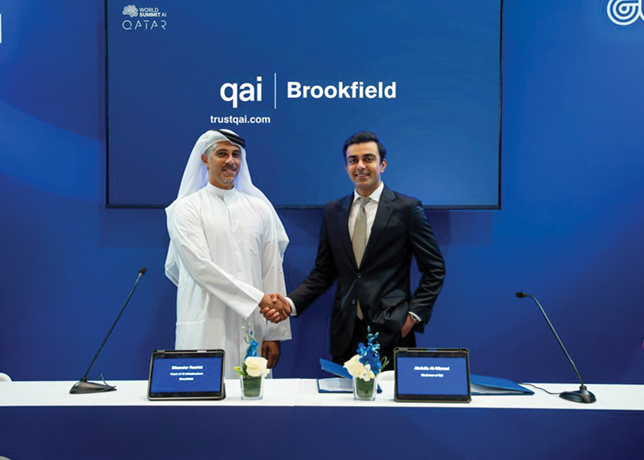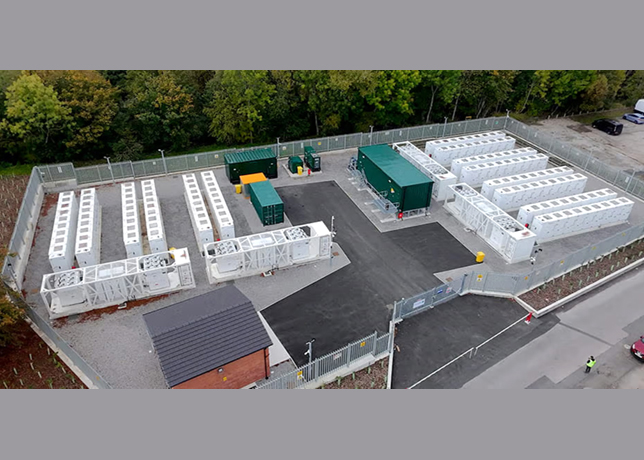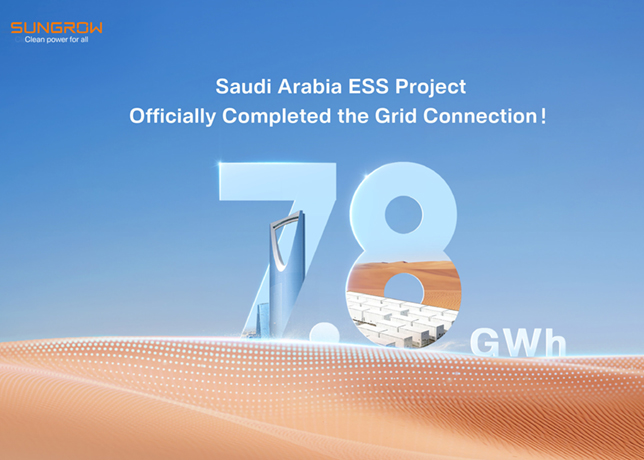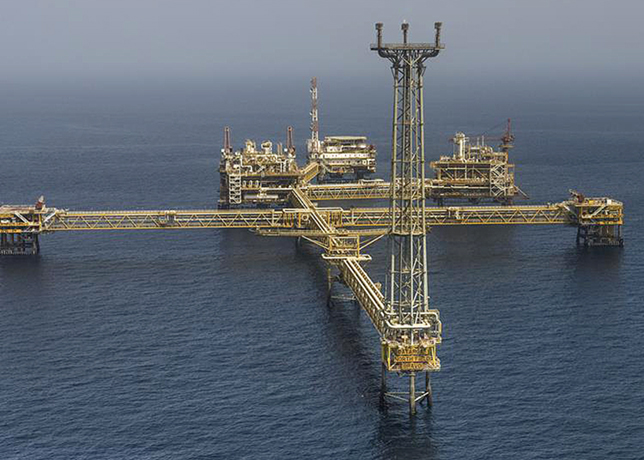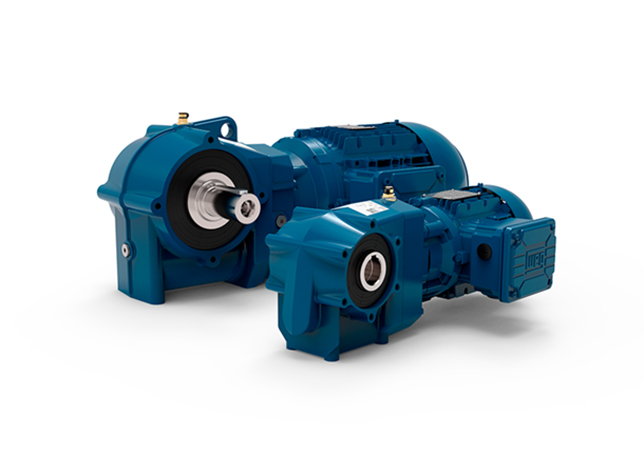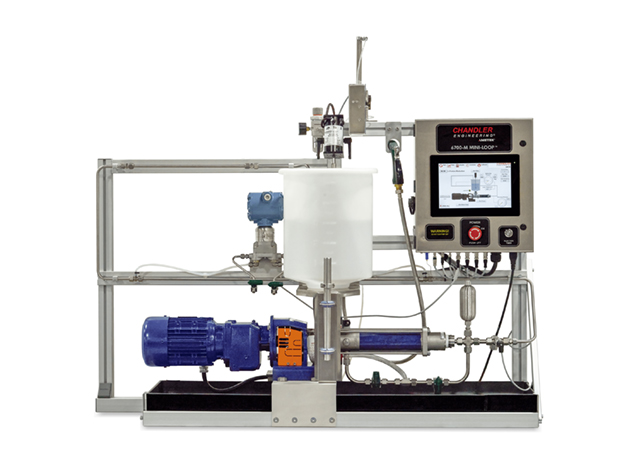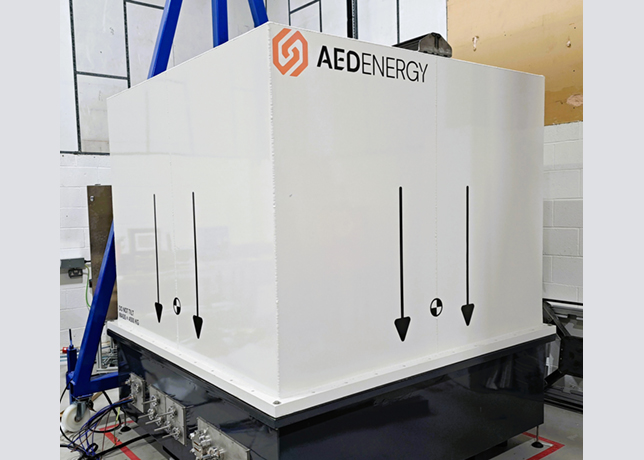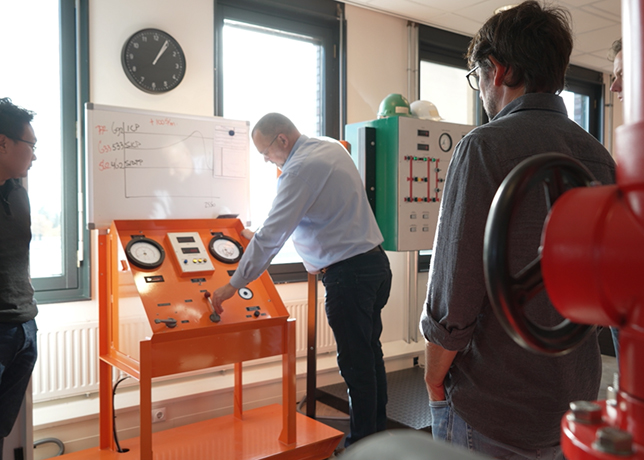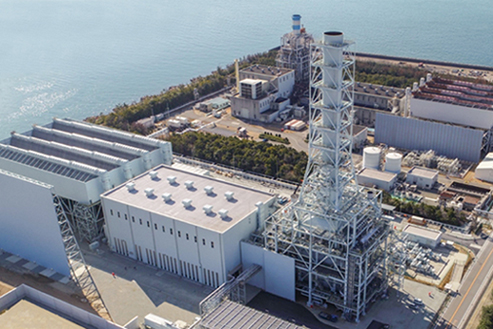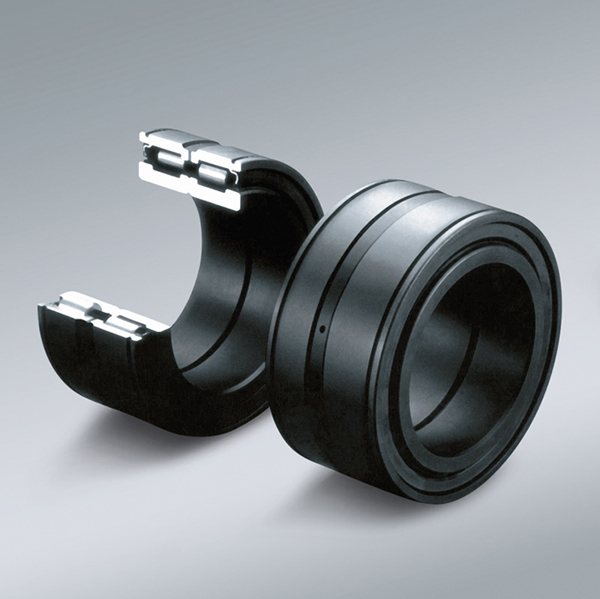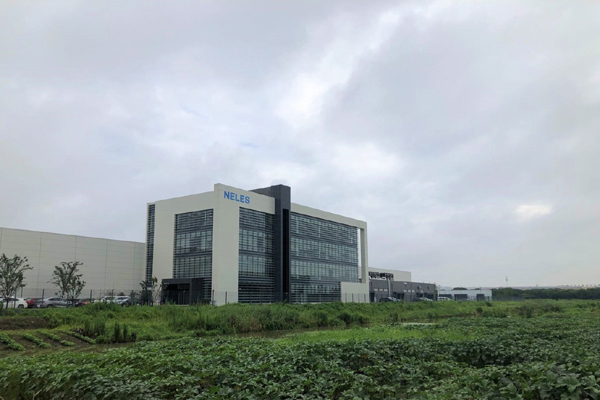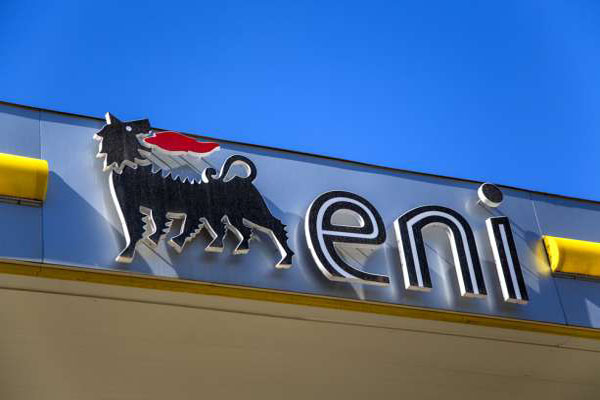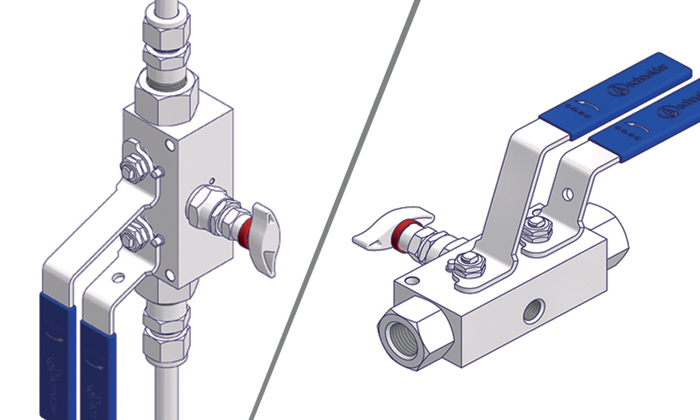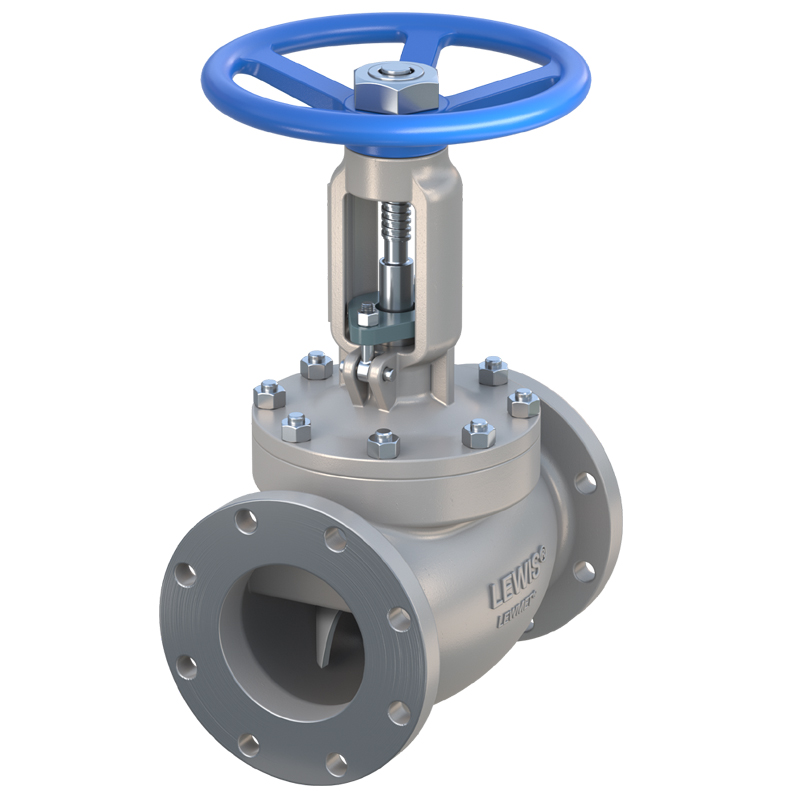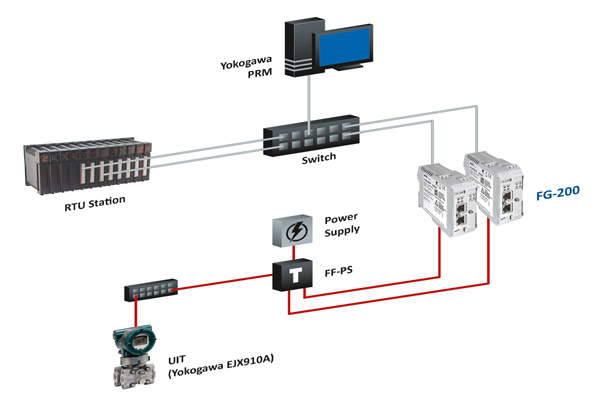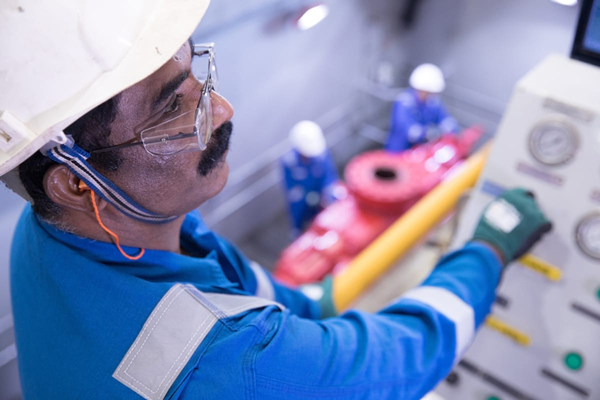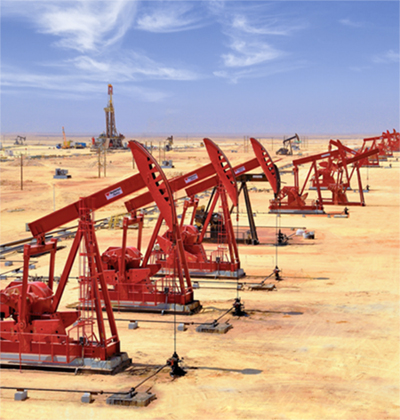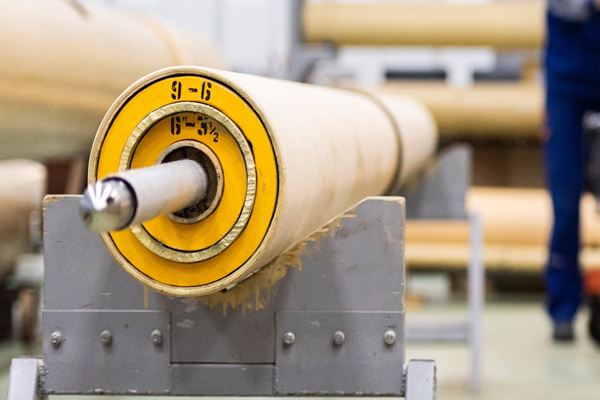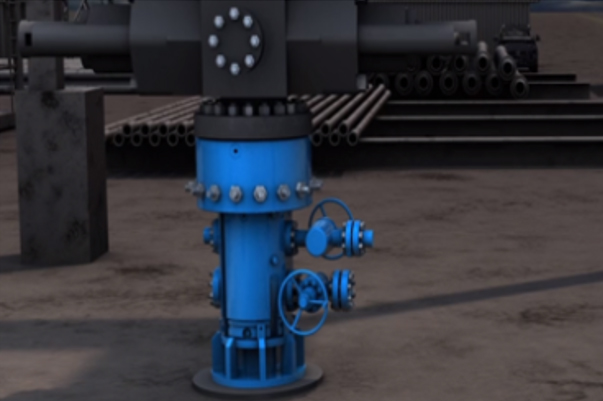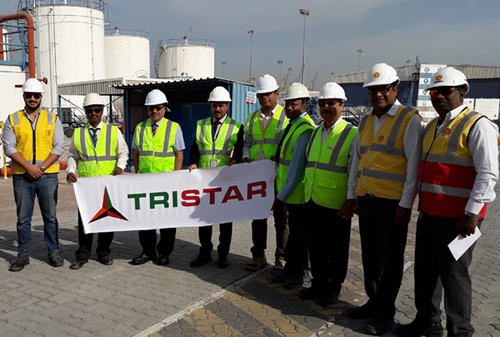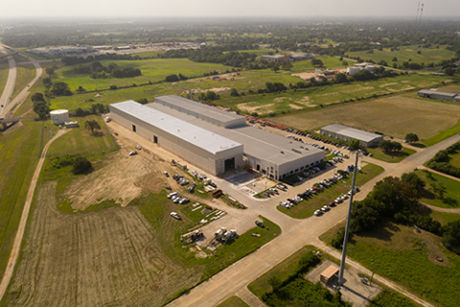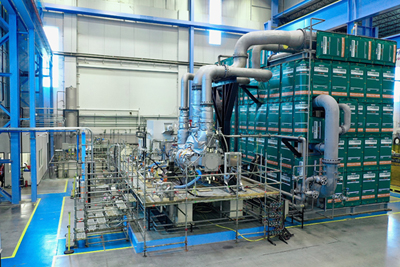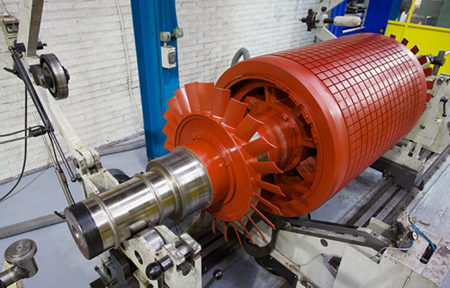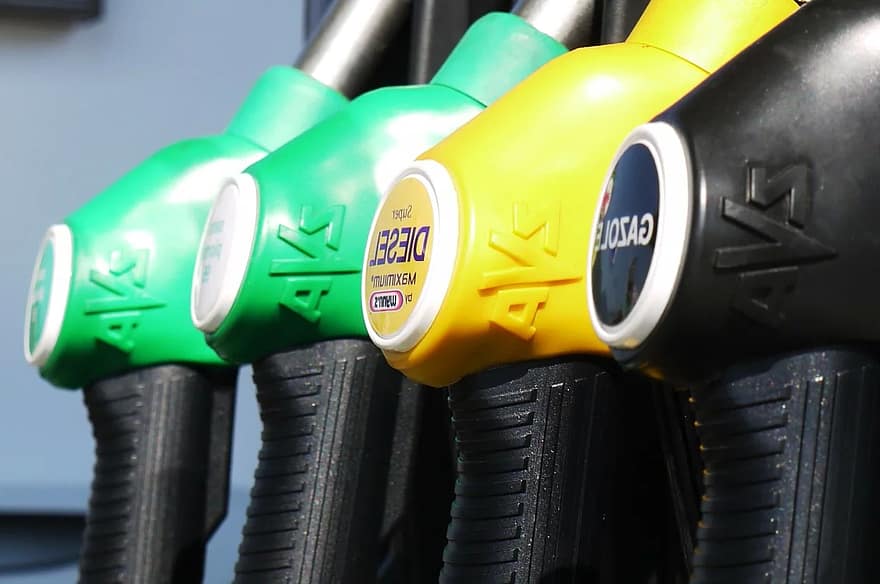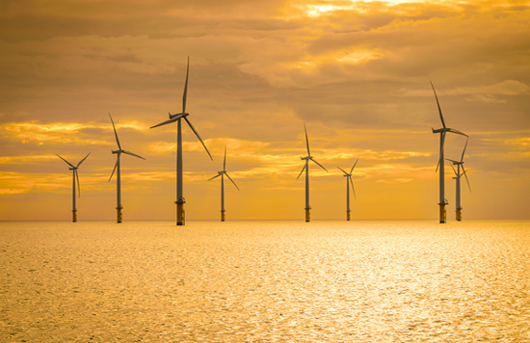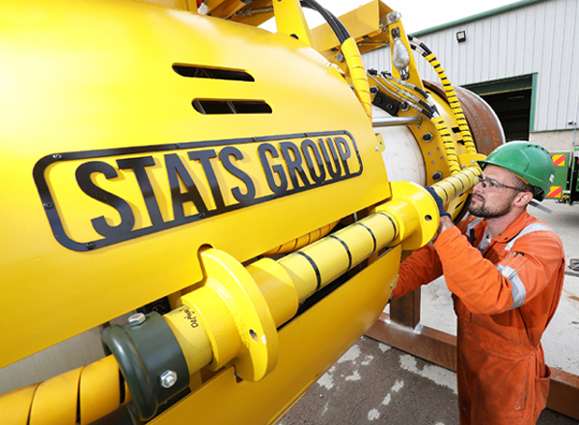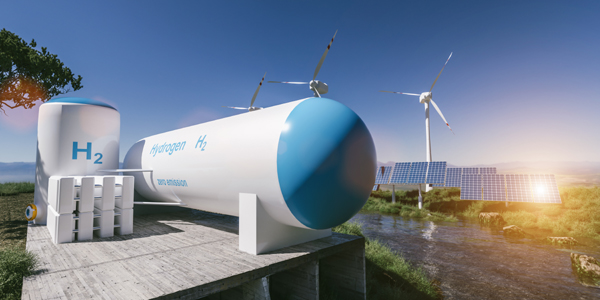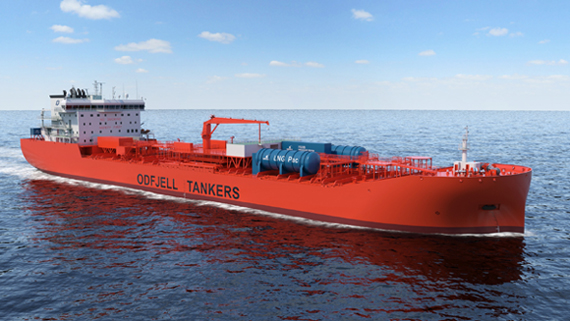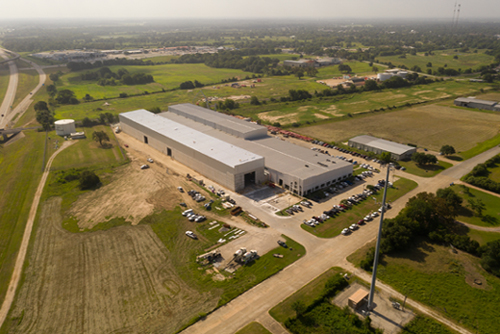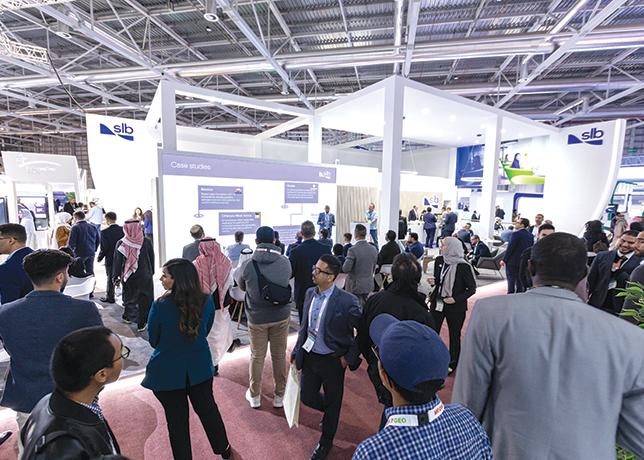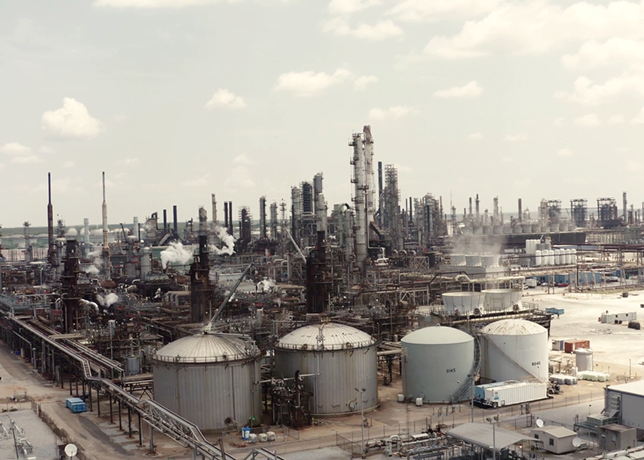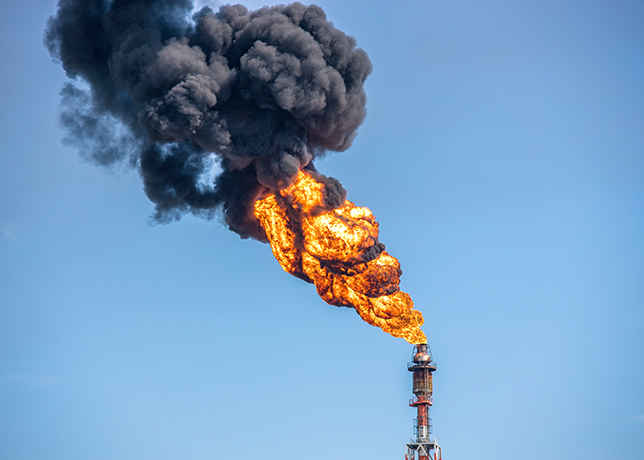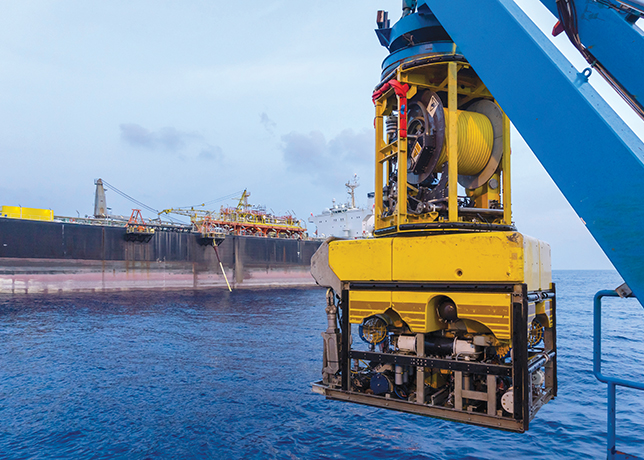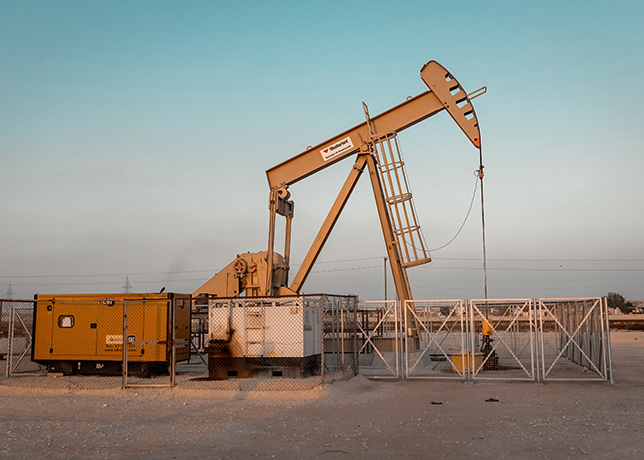
 Miguel Hernandez
Miguel Hernandez
Digital twins, sustainable FPSOs, and advanced technologies enhance safety and competitiveness, driving efficiency and environmental performance in the global offshore energy sector, Miguel Hernandez, ABS Senior Vice President, Global Offshore, tells OGN
Offshore exploration and production is rebounding in 2025, driven by a dynamic mix of regulatory developments and technological advancements.
The industry is accelerating innovations that support the energy transition, with digital and energy-efficiency solutions underpinning future success.
To confirm that technical standards are upheld amid rapid transformation, classification is an independent, objective process used to verify industry best practices, and for more than 70 years.
Class societies like the American Bureau of Shipping (ABS) continue to have a vital role in helping offshore asset owners and operators overcome the challenges of ocean depth and harsh environments, keeping safety at the forefront.
They are reinforcing the importance of technical safety standards while promoting novel concepts that push the boundaries of what’s possible offshore.
SURGING AHEAD IN SOUTH AMERICA
South America has emerged as a powerhouse in offshore oil and gas activity, with Brazil and Guyana leading the charge.
 |
FPSO operators are leveraging technology to maintain a competitive edge |
Brazil’s offshore industry is at a pivotal moment, where operational efficiency, digital innovation, and regulatory compliance must integrate seamlessly to support sustainable growth.
Its FPSO market remains a stabilising force, with orders for two new units for the Sergipe Deep Waters Project (SEAP), SEAP 1 and SEAP 2, reflecting the strategic importance of these capital-intensive assets.
In a landmark development for Brazil’s offshore digital transformation, a digital twin and condition monitoring project for a mature FPSO in the Cessao Onerosa oil field is underway.
The creation of a digital twin of an asset using advanced structural performance management software can help to enable the industry to transition from traditional time-based maintenance approaches to more efficient condition-based methodologies, resulting in substantial operational cost savings while enhancing safety performance.
The digital transformation of Petrobras’s FPSO fleet exemplifies how leading operators are leveraging cutting-edge technology to maintain a competitive edge in an evolving market.
By fostering problem-solving and knowledge-sharing, class societies are driving industry-wide conversations about the future of offshore.
A delegation of maritime and offshore energy leaders not only from Brazil but also Argentina, Chile and throughout South America led by ABS came together in March 2025 to discuss forward progress in a region heating up with international interest.
Among the region’s key exploration areas, Guyana has emerged as one of the most exciting offshore oil and gas bright spots in recent years with some of the largest oil finds of the past decade.
The ABS-classed Liza Unity FPSO operating in the Stabroek Block offshore Guyana, where ExxonMobil has made 12 oil discoveries since 2015, recently made history as the world’s first FPSO to receive the SUSTAIN-2 Notation.
This designation marks a significant milestone for demonstrating environmental performance in offshore operations.
GAINING MOMENTUM IN NORTH AMERICA & MENA REGIONS
The Gulf of America is experiencing a revival in exploration activities, with 12 new fields and facilities scheduled to commence production through 2025.
The deployment of innovative floating production units (FPUs) underscores the region’s continued significance in the global offshore landscape.
Notable units such as the all-electric ABS classed Anchor FPU for Chevron’s deepwater development highlight the industry’s commitment to reducing emissions and innovating with cutting-edge subsea technologies.
The industry-first unit is rated to safely operate at up to 20,000 psi, with reservoir depths reaching 34,000 ft below sea level while maintaining the highest safety and sustainability standards.
Investment in LNG infrastructure remains robust on the US Continental Shelf as North America seeks to diversify its energy portfolio with natural gas solutions.
According to the EIA, North America’s LNG export capacity is on track to more than double between 2024 and 2028 to an estimated 24.4 billion cu ft (Bcf) per day, with 10 projects under construction in Canada, Mexico and the US
In 2024, two floating LNG (FLNG) units were completed for the Fast Altamira LNG project offshore Mexico’s east coast.
Up north, additional funding from the Government of Canada was secured in March 2025 for the Cedar LNG Project, which is a joint development between the Haisla Nation and Pembina Pipeline Corporation in Kitimat, British Columbia.
The project will be the first Indigenous-owned FLNG facility in Canada.
In the US, 2025 plans are moving forward to install an FLNG complex offshore Louisiana and export domestically produced LNG from a proposed deepwater port export terminal project.
Meanwhile, in the Middle East and North Africa (Mena) region, operators are focusing on optimising production and expanding subsea engineering, procurement, construction and Installation (EPCI) projects, such as in Qatar’s North Field, which is bringing on additional LNG capacity.
According to QatarEnergy, recent studies show its legacy field contains additional gas reserves estimated at 240 tcf, bringing Qatar’s gas reserves to more than 2,000 tcf.
In West Africa, ExxonMobil and TotalEnergies are spearheading major offshore projects that further strengthen the region’s importance in the global offshore ecosystem.
FPSOs operating off the coast of Nigeria include units in the Egina and Akpo fields which continue to set new standards for operational efficiency and environmental performance in challenging deepwater environments.
Hanwha Ocean recently received Approval in Principle (AIP) for its Pre-FEED Standard FPSO Design, which it intends to use to create an asset optimised for deployment in the deep waters of West Africa.
To address the recent tightening of environmental regulations, the FPSO is set to incorporate technologies such as zero-flaring, GHG monitoring and an energy management system.
All equipment has been electrified to reduce operational costs throughout the vessel’s lifecycle. Additionally, advanced digital solutions, including cybersecurity, digital twin and predictive maintenance are integrated in this modern design.
In the world of classification, AIP is an important bridge between innovation and implementation, validating that novel concepts, designs, and technologies are fundamentally sound and demonstrate the highest safety standards.
ADVANCING AMMONIA FPSO CARBON CAPTURE DESIGN IN ASIA
Lower carbon and environmental impact fuels such as blue ammonia have significant potential to lower the emissions of offshore operations through the integration of carbon capture technologies in new FPSO designs.
An AIP was recently issued for an innovative ammonia FPSO unit with carbon capture capabilities developed by floating production engineering, procurement and construction companies MODEC and Toyo Engineering Corporation.
This groundbreaking design incorporating environment-friendly technologies for next-generation FPSOs represents another advancement in the industry’s emissions-reduction journey.
The carbon capture enabled FPSO concept features an onboard plant capable of producing low-carbon ammonia while simultaneously capturing carbon, which is then safely stored in depleted subsea reservoirs or repurposed for enhanced oil recovery operations.
APPLYING GLOBAL OFFSHORE EXPERTISE FOR FLOATING WIND AND RENEWABLES
The offshore wind industry remains an important addition to the world’s energy mix as all energy sources will be needed to meet the world’s growing demand.
Major energy companies are increasingly applying decades of deepwater experience to overcome the unique challenges of floating offshore wind installations, primarily in Europe and Asia.
The offshore industry’s evolution toward floating wind represents a natural technology transfer, with similarities in mooring systems, dynamic positioning and installation methodologies creating opportunities for cross-sector collaboration.
Several major operators are now pursuing hybrid energy systems that combine traditional production platforms with adjacent floating wind installations to reduce operational emissions and extend field economics.
ABS has already classed several pioneering floating wind projects and is actively developing standards using advanced simulation tools to mitigate structural risk for next-generation floating wind technologies suited for varying water depths and environmental conditions.
INTO THE NEXT PHASE OF OFFSHORE TRANSFORMATION
An essential part of maintaining safety leadership in the changing world of offshore energy is keeping far-future goals in focus and using that awareness to guide near-future technology development.
Objective inspection support applying engineering and risk-based offshore safety guidelines is essential for safely integrating new technologies that support assets over the long term.
While regulatory shifts may disrupt short-term plans, many operators are still actively planning for the next phases of both digital transformation and the future evolution of the energy mix.
The latest digital and smart technologies, including advanced dynamic positioning systems, remote monitoring capabilities, predictive maintenance implementation, and sustainability certifications like new environmental notations, are revolutionising efficiency and safety in the offshore industry.
Digital technologies are no longer optional but essential for maintaining competitiveness in today’s offshore environment.
Looking to the future of offshore energy, the outlook remains positive, with significant opportunities to evolve the world’s energy mix and advance new efficiency technologies.
By Abdulaziz Khattak






